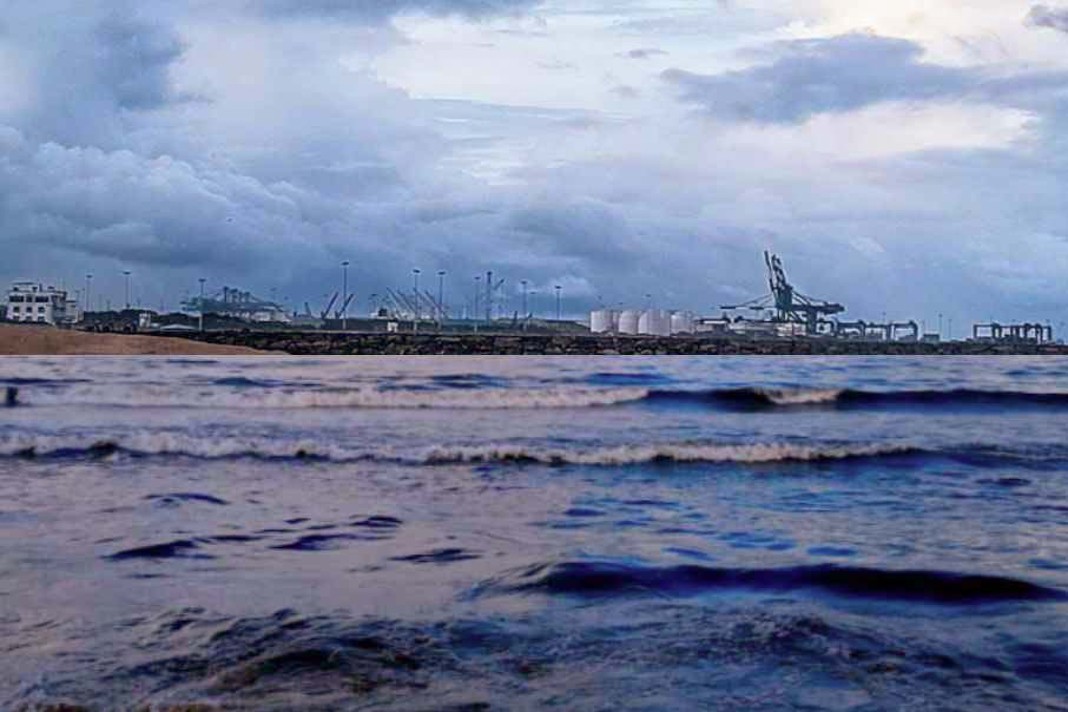Various mega projects in the Middle East region require close scrutiny and a multi-dimensional approach.
Mega Infrastructure Projects
The Saudis are significantly scaling back the $1.5 trillion Neom desert project. Instead of completing most or a large segment of the 170 km by 2030, officials now anticipate only 2.4 km of the project to be finished by that date. While new cities typically present substantial opportunities for the breakbulk sector, this may not be the case with Neom, at least for the foreseeable future.
The India-Middle East-Europe Economic Corridor (IMEC), heavily promoted by India, is not a viable alternative to the Suez Canal. Dry corridors are inherently impractical for transporting large volumes of cargo over long distances. Unlike pipelines or transshipment ports, they involve the inefficient process of unloading, overland transportation, and reloading. This model has proven unsuccessful even over shorter distances in Central America, and Mexico’s Tehuantepec train project is expected to face similar challenges.
Moreover, the IMEC corridor traverses regions rife with instability and conflict. The presence of numerous radical groups in Iraq, Syria, and Lebanon, many supported by Iran, poses significant security risks. The potential for attacks on trains mirrors the threats faced by maritime vessels in the Bab-el-Mandeb Strait. Additionally, the corridor’s route through Jordan, a country with a large Palestinian population, could spark political tensions.
Dry Corridors
The Turkey-Iraq Development Road, an alternative to IMEC, faces equally formidable obstacles. Despite substantial financial commitments from Turkey, Iraq, Qatar, and the UAE, the project’s realization is uncertain due to the challenging terrain and security concerns. The region’s instability is underscored by Turkey’s planned military operation against the PKK in northern Iraq, a region through which the proposed corridor would pass.
Houthi Attacks and Their Implications
The Houthi attacks on shipping in the Red Sea present a complex challenge. While various strategies have been employed to counter these attacks, a sustainable solution remains elusive. The potential for escalating conflict and the involvement of additional regional and international actors complicates the situation further.
The closure of the Suez Canal for eight years in the 1960s and 1970s offers a historical precedent, but the global geopolitical landscape has evolved significantly since then. The prolonged disruption of maritime traffic through the Red Sea would have severe economic and political consequences for the region and beyond.
In conclusion, the mega projects and challenges discussed above highlight the intricate and interconnected nature of the Middle East. Addressing these issues requires a comprehensive and nuanced approach that considers both economic and security imperatives.
Did you subscribe to our daily Newsletter?
It’s Free! Click here to Subscribe
Source: LinkedIn
















